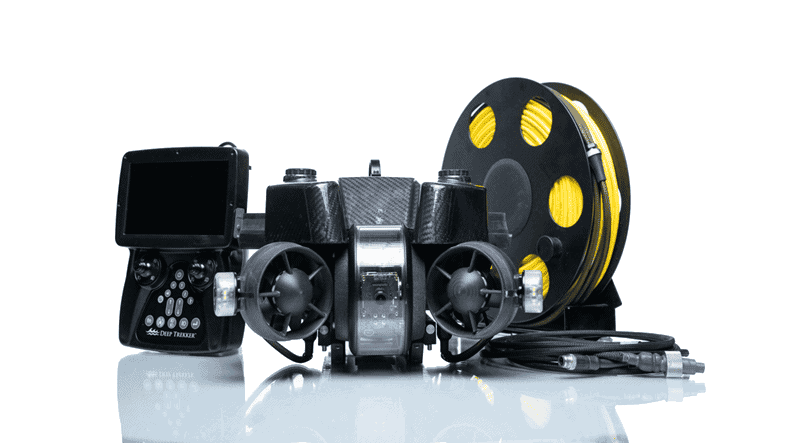Remote Operated Vehicle

Remote Operated Vehicle
-
The Deep Trekker DTG3
-
Deep Trekker Photon
Remotely Operated Underwater Vehicles
Bulldog Diving now offers remotely operated vehicle (ROV) service for added operational flexibility.
An ROV will never replace the skill and efficiency of a diver, but is used as a means to enhance our commercial diving operation’s versatility. Employing an ROV for certain tasks and underwater inspections can provide project flexibility.
Enhanced Diver Safety
ROV deployment can function as a viable safety check prior to placing a diver in the water. Due to the possibility of Delta P (potential pressure differential) and other unknown dangers, many industrial operators require the use of an ROV to surveil the work area prior to diver entry.
Diving hazards caused by pressure differential may occur where water moves from an area of high pressure to an area of lower pressure. When no water is flowing, there is no risk; but once any flow starts, forces exerted are usually quite substantial.
Water flow can be triggered by the opening of a valve, cutting into a void, or starting a pump. As flow passes through an opening, any diver approaching from the high-pressure side may be drawn in and trapped, potentially causing serious or lethal injuries.
Any hole or opening in a barrier between two water bodies at different levels experiences a suction force because gravity creates a flow between the height differences. The greater the height difference, or the larger the barrier opening, the greater and more dangerous is the suction force. Substantial suction forces can also be created at a relatively large opening, even when there is a small difference in water levels. Even at depths as shallow as 3 meters or less, this suction force can still be lethal.
For this reason, extra care should always be taken when divers need to work near:
- Pipe or hose cracks and voids
- Dams and weirs
- Locks and gates
- Pumps, intake valves and drains
- Propellers or thrusters, on and near vessels
- Large underwater moving equipment
- Submerged pipes or empty structures sealed at atmospheric pressure unequal to surrounding water pressure
- Any location where there is a risk of failure of a plant or machinery
Contact our team for more information.


